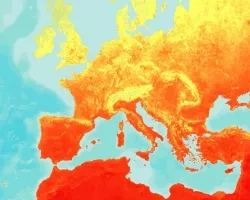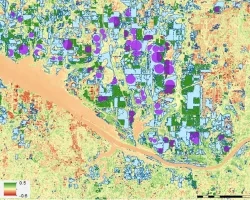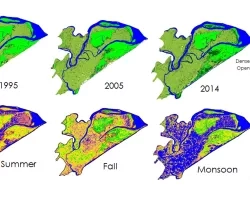Displaying 41 - 50 of 503

Topic
Wildfire is a key driver of ecosystem progression in the sagebrush steppe-dominated landscapes of southern Idaho. Fire-related disturbances can facilitate the propagation of invasive vegetation...

Topic
Vector-borne diseases, caused by pathogens and parasites, are transmitted through living organism carriers known as vectors. Mosquitoes, the most common disease vectors, transmit illnesses such...

Topic
Monitoring early-season invasive (ESI) annual grass species is of great significance to Yellowstone National Park as their spread threatens wildlife populations and biodiversity. Field enumeration...

Topic
Drought in Alabama has a major impact on agriculture, causing crop yields to fall well below their normal numbers throughout the state. This project researched...

Topic
A changing climate has the potential to affect both agricultural productivity and global levels of biodiversity. In the agricultural context, the ability to rapidly identify...

Topic
Riparian corridors in the semiarid Colorado River Basin act as an interface between terrestrial and aquatic systems, play an important role in maintaining biodiversity and...

Topic
Winter cover crops are an essential component of adaptive management practices to reduce soil erosion, nutrient loss, and nutrient leaching leading to water quality degradation...

Topic
Submerged Aquatic Vegetation (SAV) is vitally important to the Chesapeake Bay, serving as one of the primary food sources for the organisms that inhabit the...

Topic
Chile is characterized by extreme climate variability ranging from the arid Atacama Desert, one of the driest places on earth, to the extremely wet Lake...

Topic
Mangroves, one of the most productive ecosystems on Earth, play a major role in coastal ecosystem processes, from mitigating erosion to acting as a barrier...